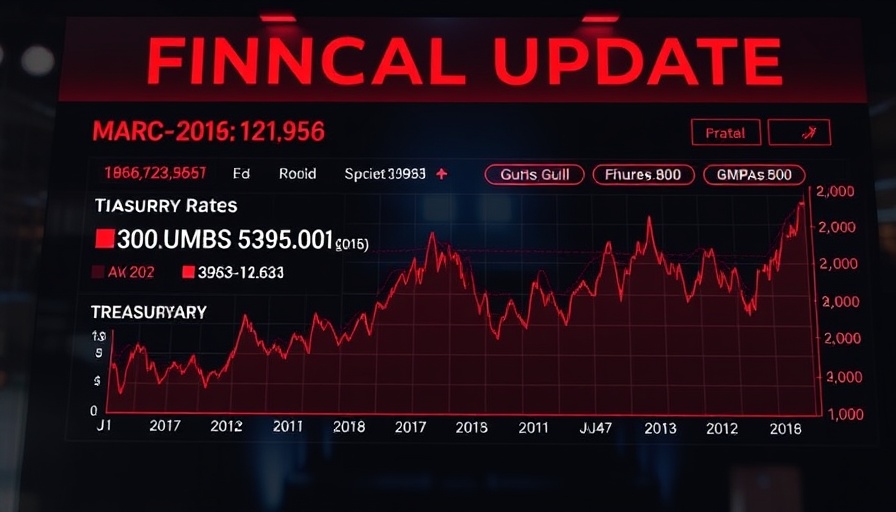
The Unwinding of Post-NFP Momentum: What It Means for Investors
The market witnessed a significant shift following a remarkable rally in bonds, particularly after seeing the 10-year Treasury yields drop nearly 30 basis points over a four-day span. Yet, this momentum took a backseat recently, reflecting a mild corrective bounce that left investors pondering the underlying dynamics.
Understanding Bond Market Dynamics
When the bond market shows consistent improvement, as it did last week, the probability of a bounce back often grows. This phenomenon can be likened to the way a taut rubber band behaves; once stretched, it naturally seeks to return to its original state. But as we delve into the numbers, it’s crucial to understand that the root cause of the recent drop was not unexpected and falls within analyst predictions.
The NFP Benchmark Revision: An Overlooked Element
The mood in the market was further compounded by a significant benchmark revision of the Non-Farm Payrolls (NFP), which indicated a downward adjustment of 911,000 jobs for the period between March 2024 and March 2025. This revision, however, did not impact current trading significantly. Many analysts expressed confusion regarding the negative market response, given the size of the revision, but the timing is critical; it relates to a past period that doesn’t influence today’s market sentiments and actions.
Why the Slow Reaction Matters
In 2020, during the onset of the COVID pandemic, bond markets reacted sharply to economic indicators. Today, the bond market seems less reactive to historical data, suggesting that investors are becoming more forward-looking, focusing on current and near-future economic conditions rather than adjusting to historical revisions.
Potential Future Trends
As we analyze trends, it is essential to consider the broader economic landscape. What does this corrective action tell us about investor sentiment and future expectations? With inflation concerns fluctuating and job reports affecting the perception of economic recovery, this could be a critical period for both investors and market analysts. Those who stay informed will be better positioned to respond and leverage potential market shifts.
Investing Confidence Amid Uncertainty
For the everyday investor, these market movements can feel daunting. However, understanding the nuances of market changes helps demystify the market cycle and offers practical insights into investment strategies. It’s worth remembering that bonds often experience corrections in response to larger economic narratives, and keeping one eye on both historical data and current trends can provide a comprehensive picture.
Your Steps Forward: Strategies for Navigating Market Changes
Whether you're a novice investor or a seasoned financial strategist, it is essential to develop a clear plan that includes monitoring market indicators, leveraging financial news, and adopting a flexible investment strategy. Engaging with financial tools and consulting with advisors can enable better-informed decisions that align with your long-term financial goals.
As we dissect the waves of the markets, remember that understanding these complex trends not only helps you navigate through uncertain waters but also empowers you to make more informed, confident investment choices.
Don't let market fluctuations deter you. Take charge of your financial journey by staying informed. Subscribe to our updates for the latest insights on market trends, tailored specifically for investors looking to stay ahead in this dynamic financial landscape.
 Add Row
Add Row  Add
Add 




Write A Comment